Everyone, are you familiar with the yokai known as Nurarihyon? Recently, it has appeared in anime and manga, so some of you may have heard the name. Nurarihyon is one of Japan’s traditional yokai, shrouded in mystery. At first glance, Nurarihyon appears as a kind old man in traditional Japanese clothing who sneaks into houses during the busy evening hours and relaxes without being noticed. However, its true nature varies according to the legends of Okayama and Akita Prefectures, where it is considered akin to Umi Bozu or a member of the Night Parade of One Hundred Demons. Let’s explore the mysterious charm and diverse legends of Nurarihyon.
What Kind of Yokai is Nurarihyon?
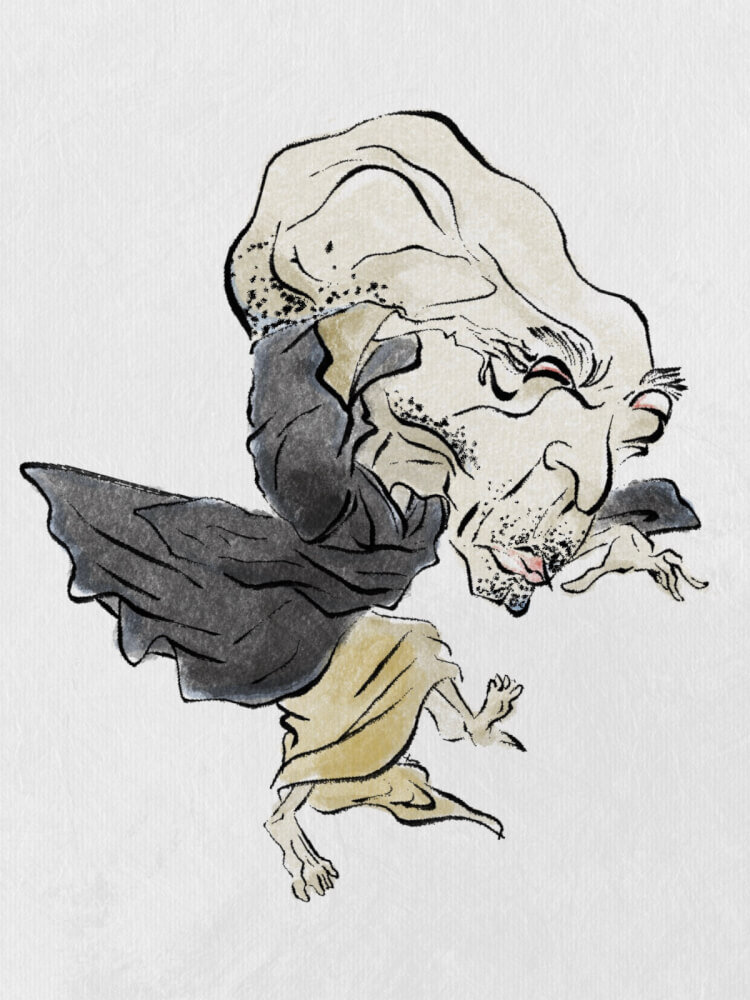
Nurarihyon is generally known as a yokai that is as elusive as a “slippery catfish.” Although it is often depicted in yokai picture scrolls from the Edo period, its details remain unclear. In folklore, its name appears in Akita Prefecture as a member of the Night Parade of One Hundred Demons and in Okayama Prefecture as a type of Umi Bozu, but the relationship between these depictions and Nurarihyon is not clearly established.
Nurarihyon is also sometimes referred to as the “Supreme Commander of Yokai,” but this is considered a later misinterpretation or popular myth. This image likely became established when Shigeru Mizuki depicted Nurarihyon as the “Supreme Commander of Yokai” in his yokai books, and it was further popularized by his portrayal as the final boss in the anime “GeGeGe no Kitaro.”
What Does Nurarihyon Do?
Nurarihyon is referred to as the Supreme Commander of Yokai. At first glance, he appears to be an ordinary old man, but he mysteriously appears during the busy evening hours and enters homes uninvited. Inside the house, he might drink tea or sometimes use the homeowner’s kiseru (a traditional Japanese smoking pipe) to smoke tobacco, making himself completely at home as if it were his own. The household members, preoccupied with their tasks, often do not notice the presence of this yokai.
Characteristics of Nurarihyon
Nurarihyon is often depicted as an elderly man in traditional Japanese clothing. His most notable feature is his large, bald head. With a head that extends horizontally, his appearance is unmistakably that of a yokai. However, his face is said to have a kind and gentle expression, and the kimono he wears is of very high quality.
The True Identity of Nurarihyon
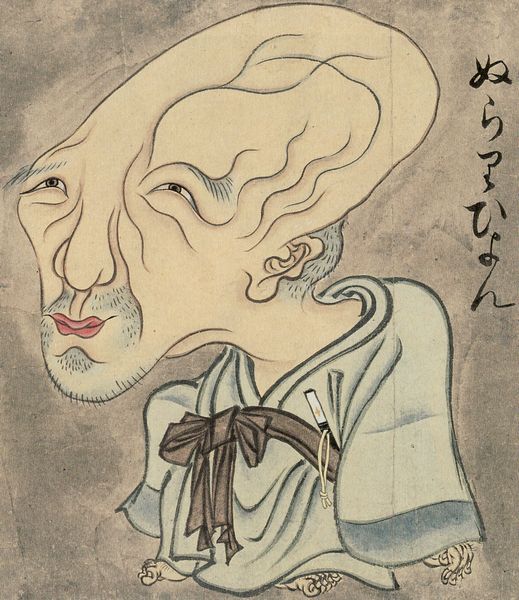
The true identity of Nurarihyon has various theories, including being a jellyfish or an octopus. Particularly in the Bisan Seto area, there is a strong belief that Nurarihyon might be a jellyfish. According to this theory, Nurarihyon is like a moon jellyfish that sinks to the bottom of the sea when approached and re-emerges when people give up and turn back, leading to the belief that it might be a jellyfish.
Nurarihyon in Yokai Art
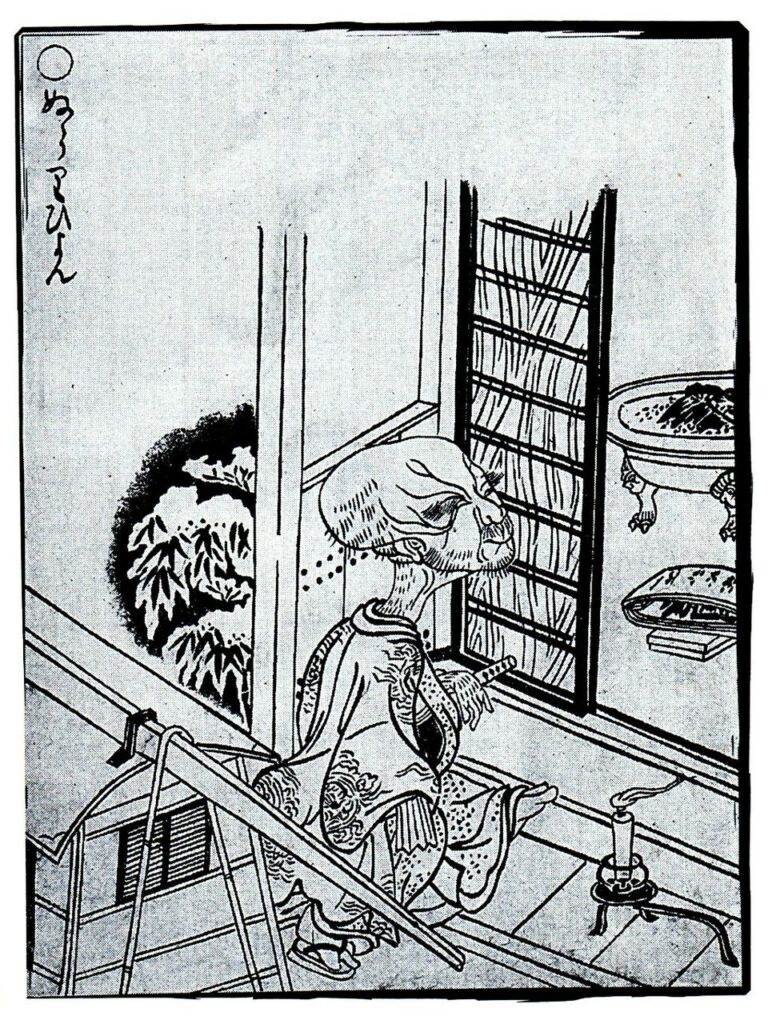
In the Edo period national language dictionary “Rigen Shūran,” Nurarihyon is briefly described as “Kohōgen Motonobu’s monster picture.” Additionally, “Kiyū Shōran” confirms the presence of Nurarihyon’s name in the monster paintings by Kohōgen Motonobu. Furthermore, Nurarihyon appears in many picture scrolls, including “Hyakkai Zukan” (1737, by Sawaki Suushi) and “Hyakki Yagyō Emaki” (1832, by Oda Gōchū, Matsui Library Collection). Nurarihyon is typically depicted as an old man with a distinctive bald head, often wearing a kimono or a priest’s robe, but detailed explanations are scarce.
The Edo-period ukiyo-zōshi “Kōshoku Haitaishan” describes Nurarihyon as “its form is like a slippery catfish, without eyes or mouth, truly the essence of lies,” indicating that Nurarihyon was used as an adjective for a faceless being similar to a noppera-bō (faceless ghost).
In Sekien Toriyama’s “Gazu Hyakki Yagyō,” Nurarihyon is depicted stepping out of a palanquin. While this illustration lacks a detailed description, “nurarin” means getting off a vehicle, which is believed to be related to Nurarihyon’s name. There is also a theory that Nurarihyon was depicted as a libertine frequenting pleasure quarters.
According to Natsuhiko Kyogoku and Katsumi Tada, “nurari” implies a smooth or slippery state, and “hyon” suggests something strange or unexpected, indicating that the name Nurarihyon was given due to its elusive nature. Although “nurarihyon” is spelled as “nurarihyōn” in “Gazu Hyakki Yagyō,” this is considered a simple typo based on precedents in literature and picture scrolls.
Legends of Nurarihyon
In Okayama Prefecture, according to Hirakawa Rinboku, Nurarihyon is considered similar to Umi Bozu, a spherical yokai about the size of a human head that floats in the Seto Inland Sea. It is said to tease people by repeatedly sinking and floating when they try to catch it, slipping through their hands with a “nura” and surfacing with a “hyon,” hence the name. In reality, it is believed that large jellyfish or octopuses, such as the Portuguese man o’ war or the moon jellyfish, may have been mistaken for this yokai. Therefore, it is considered different from the Nurarihyon depicted as an old man.
In Akita Prefecture, in the travel diary “Yuki no Dewaji” (The Snowy Roads of Dewa) (1814) by the Edo-period traveler Sugawara Masumi, Nurarihyon is mentioned as part of the Hyakki Yagyō (Night Parade of One Hundred Demons). According to the book, there is a slope called “Saeno Kamizaka” (the Slope of the Sae no Kami, the road guardian deity) in Sawaguchi Village, Inaniwa Township, Ogachi District, Dewa Province. It is said that when passing this slope, men may meet women and vice versa, and yokai such as Nurarihyon, Otoroshi, and Nozuchi participate in the Hyakki Yagyō.
Summary
How was it? This time, we looked at Nurarihyon. Nurarihyon is a yokai with various appearances and legends across different regions of Japan. From sneaking into homes as an old man in traditional Japanese clothing to floating in the sea as a spherical creature, its forms and characteristics vary by region. However, what is common is that Nurarihyon has brought mystery and wonder to people’s lives. This yokai, whose tales have been passed down through the ages, continues to spark our imagination even today.
Our website also introduces various interesting aspects of Japanese history and culture beyond Nurarihyon. If you are interested, we would be delighted if you read our other articles as well!



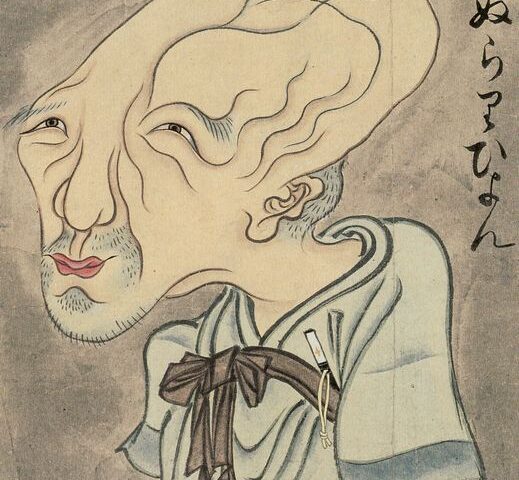
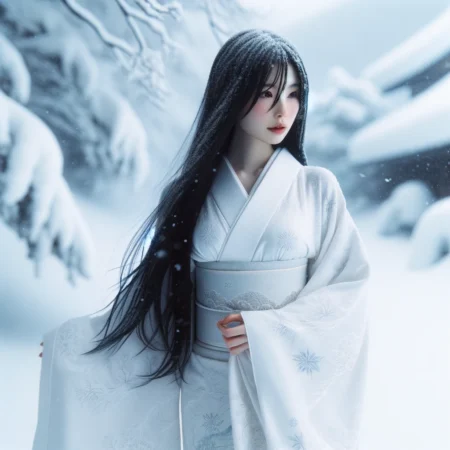

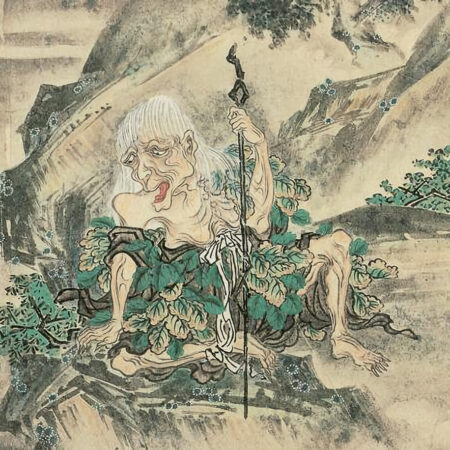

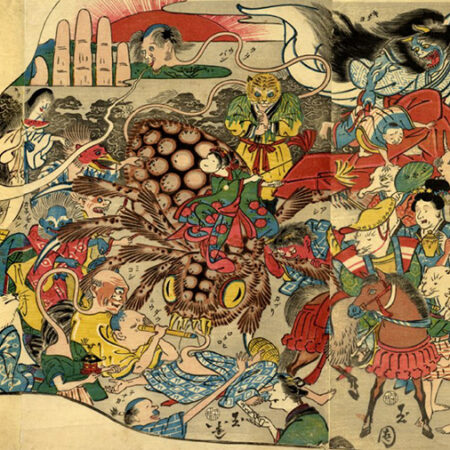
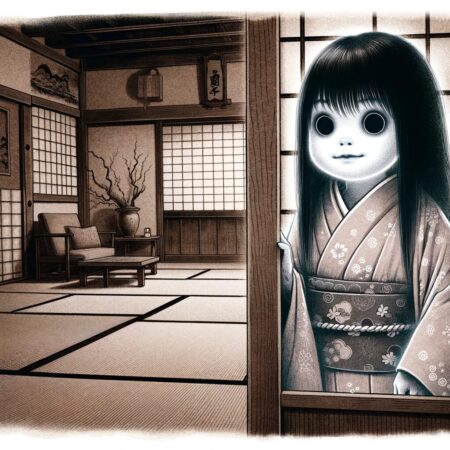
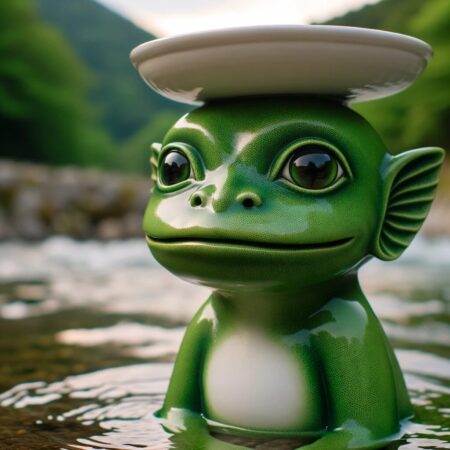
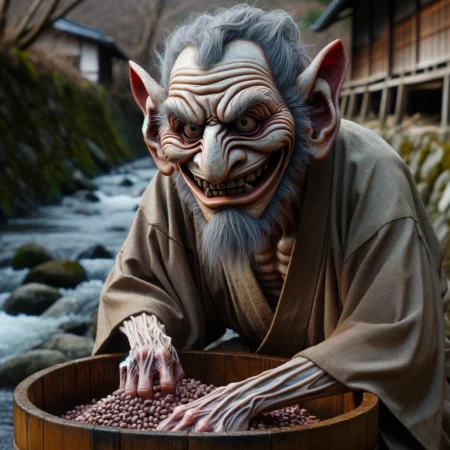

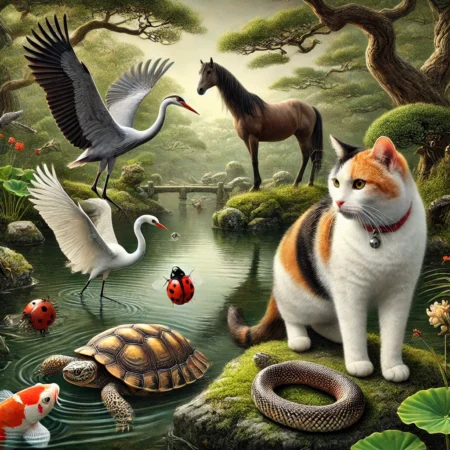
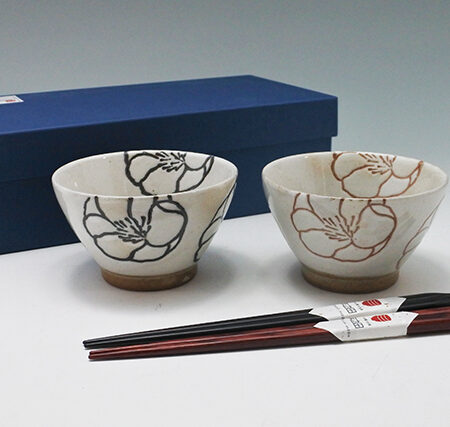
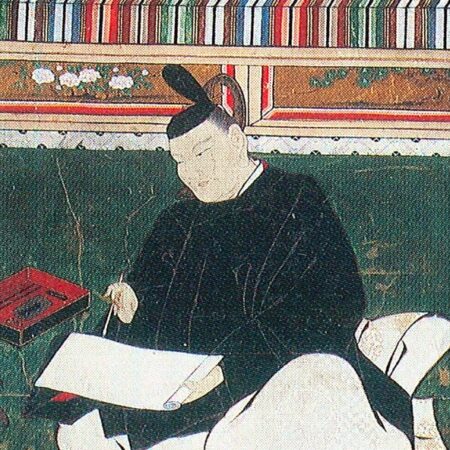
コメント